by Tamara Scully
While animal welfare and abuse issues, particularly on large dairy operations, have been in the media spotlight and are a primary consumer concern, the majority of dairy farms emphasize animal welfare and prioritize proper animal care. After all, if the cows aren’t comfortable and healthy, they aren’t able to produce high-quality milk. But there are steps you can take to insure that your animal care standards are consistently being upheld.
According to Brandon Treichler, DVM, Quality Control Director for Select Milk Producers, improving animal care standards on any dairy farm requires engagement from all employees, leadership from owners and managers and consistency in all daily routines.
Animal care begins with vision and values, Treichler said during a recent Dairy Cattle Welfare Council webinar, “Fact and Fiction of Developing Practical Animal Care Programs.” Once a farm has outlined their vision and values, practices need to be put into place. Together, these three components create the dairy’s culture of animal care.
“The vision and the values will drive the practices. Each day, what does animal care mean to you?” is the question to answer, he said. “Care is not an accident. There is some level of planning to make sure that animals get some basic level of care.”
Each dairy should develop its own animal care program. A program includes specific standards that need to be met. These standards reflect the vision and values of the dairy. All employees must be trained to proficiency in these animal care standards in order to meet the farm’s objectives. Ongoing evaluation of employees, as well as solicitation of feedback from employees, is needed to continually improve standards of care.
“These are living programs, that are constantly evolving in the dairy,” Treichler said.
Empowering employees
It’s human nature to do what is comfortable, to do things the way they’ve always been done, or to do what aligns with your own value system. But employees need to be empowered to embrace the dairy’s animal care standards, and work according to the dairy’s protocols. Dairy owners or managers need to play an active role not only in developing the animal care program, but in training employees, monitoring their progress, and insuring that the manner in which all work is done on the dairy aligns with the animal care program.
Sometimes, there are contradictions between the way things are and the way things are supposed to be. As an example, Treichler spoke of a dairy where the vision was that the cows would get into and out of the parlor on their own. In practice, however, employees were penalized if the parlor fell behind, and therefore they routinely fetched animals and herded them into the parlor.
On many dairies, employees are expected to overcome facility issues, leading to frustration and to actual practices that don’t match the stated animal care program, he said. Putting people into situations where even a good employee is apt to make a bad decision isn’t a good business practice.
Employee turnover can be very high in the dairy industry, and “is a risk factor for poor animal care on dairies,” Treichler said. “Put your people in position to succeed” by hiring people who are a good cultural fit for the dairy, training them to your standards, and building trust through open communications.
Employees should be trained before they start the job. They should feel welcomed, and positive feedback should be given, not only criticism. All positions on the dairy deserve the same respect. Employee feedback should be solicited and given consideration. If a mistake is made, it should be a learning opportunity. Get to know your employees personally, and lead by example if you expect them to be invested in the dairy’s mission.
Standards and protocols
Standard operating procedures (SOPs) need to be written down, accessible, and utilized. Employees need to be trained to perform their jobs according to these written SOPs, and these procedures need to be followed consistently.
SOPs will reflect the vision and values of the dairy, and outline the practices that are put into place for each job on the farm. SOPs will tell employees what to do, how to do it, when to do it, where to do it, who can do it and — importantly — why to do it.
Often dairy employees aren’t told why something needs to be done in a specific manner. But it’s crucial that employees understand why it is important for employees to perform any particular task in a given manner. Share the reasoning behind the decisions being made, and employees are much more likely to follow the rules. When making changes, always explain why the change is necessary, Treichler emphasized.
Decision-making trees are invaluable in illustrating the step-by-step protocol that an employee should take in any given situation. Milking procedures, illness, calving, euthanasia, feeding, bedding, and every other job on the dairy should have it’s own decision-making tree. If you tell employees what to do in each situation they may encounter on the job, you will give them confidence to make the correct decisions, even under difficult circumstances, Treichler said.
Likewise, treatment protocols should be written down in a step-by-step manner, and all treatments need to have one. Disease symptom recognition; what to do when illness is spotted; which drugs to administer; the dosage and duration; as well as withholding period for milk and meat will all need to be a part of the protocol. All treatments need to be precisely recorded, and the animal needs to be marked in some way so that everyone knows it is being treated. Your veterinarian should be providing input and reviewing any treatment protocols.
Training
By training employees to make decisions and to perform their jobs to your standards, animal care will improve, employee turnover will decrease, and the culture of care on your dairy will promote cow and human well-being.
Training should begin before the job starts, and employees should demonstrate the necessary job skills before being left to work independently. Training should continue with routine on-the-job observation and evaluation.
While group training meetings are often seen as the best way to educate everyone, Treichler cautions against this method. Improving employee performance is best done one-to-one. Hands-on training is always preferred to watching a video, being told what to do, or reading about it. While all of these methods can be included in the training, hands-on demonstrations tend to bring the best results.
Employees who meet certain levels of job performance can be awarded certificates indicating that they are proficient in various tasks. This keeps employees engaged, and fosters positive attitudes as employees feel appreciated.
“Labor is a massive challenge and opportunity” on the dairy, Treichler said. “Harness the power of people” and animal care and welfare will be ingrained in the culture of your dairy.



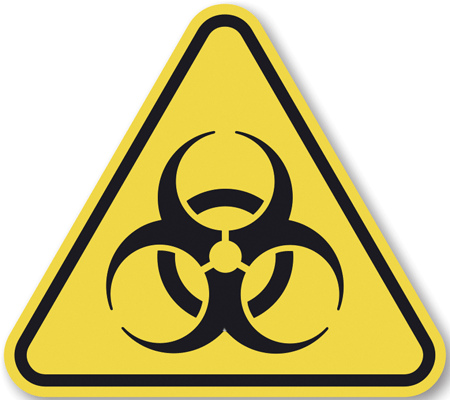
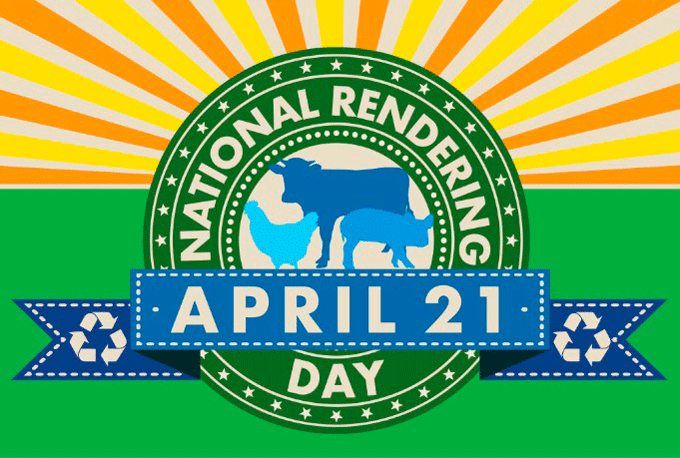
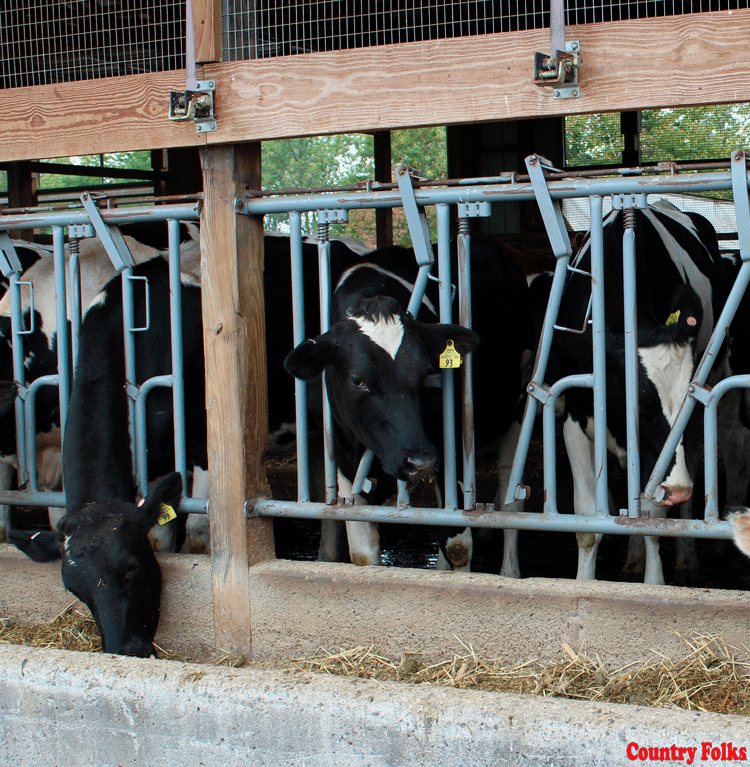
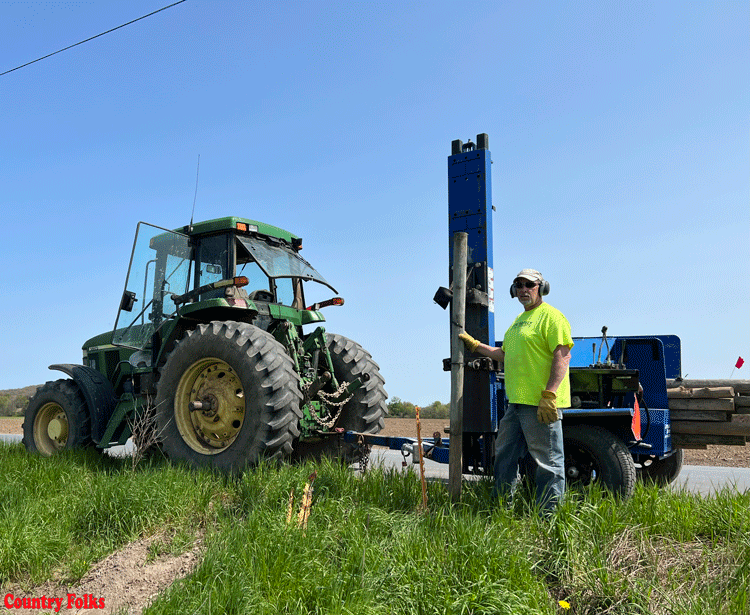

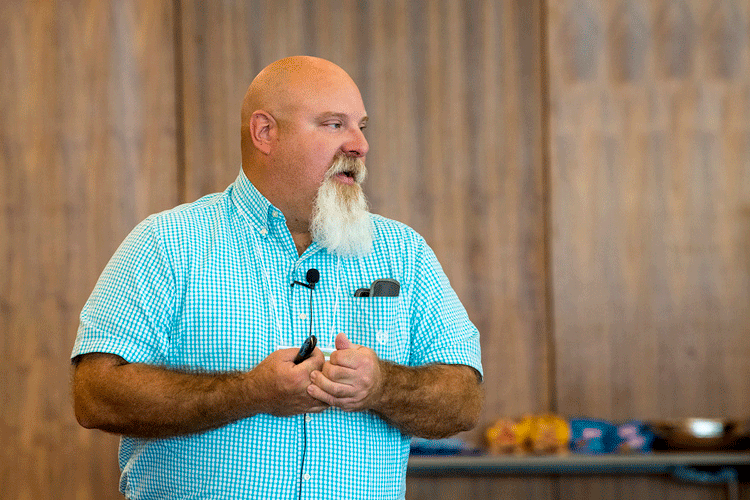


Leave A Comment